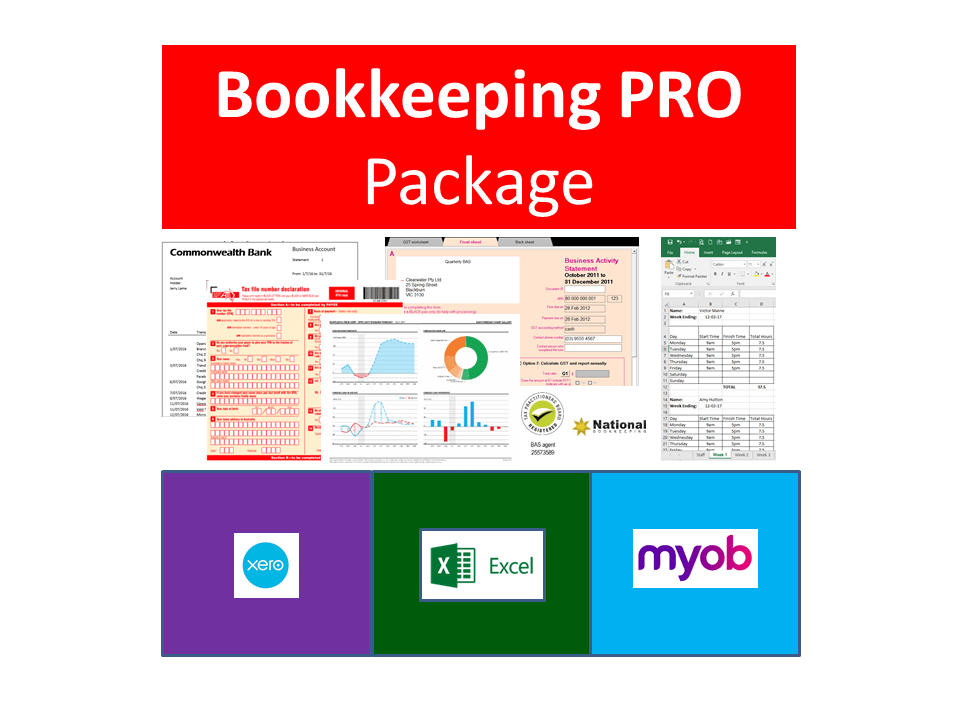 You’ve reached the final post in our series of blogs about franchises. We’ve saved till last the topic of owning multiple franchises, and specifically, how you go about acquiring multiple franchises.
You’ve reached the final post in our series of blogs about franchises. We’ve saved till last the topic of owning multiple franchises, and specifically, how you go about acquiring multiple franchises.
In our Small Business Management Course, we encourage you to think about the future direction of your business, including potential expansion before you do anything else – this way you can buy up domain names, and the like. It’s no different with buying a franchise.
Single or Multi-Unit Franchise
Every potential franchisee has the opportunity to choose between a single-unit franchise or a multi-unit franchise, depending on the entrepreneur’s capital and previous experience.
Most entrepreneurs start with a single-unit franchise that is typically covered by a territory agreement, which we talked about in our last post on exclusive territories. In this scenario, the franchisee is involved in nearly every aspect of running the business.
There are fewer investment costs associated with opening up a single-unit franchise, and they generally yield a nice income, however the earning potential is far greater with multi-unit franchises.
With a mult-unit franchise, the franchisee has the opportunity to open multiple franchises, usually at a reduced rate per additional unit.
In this arrangement, the franchisee generally isn’t as active in the day-to-day running of the franchise, employing managers and other staff at each location to perform the daily operations instead.
Owning multiple franchises, whether in nearby locations or not, is a good way to protect your business against other competitors, particularly if you’re operating in a high growth area or densely populated one; you’ll also yield a great profit, too.
The Different Kinds of Multi-Unit Franchises
Typically, there are two different kinds of multi-unit franchises available. One is known as area development, in which the franchisee is obligated to open a specified number of outlets within a particular time frame. The other type is identified as sequential multi-unit franchising, in which the franchisor awards the franchisee with the right to open additional units, each under a separate contract. With the latter, the expansion takes place as the market and earnings allow.
Sequential multi-unit franchising is probably the most common form of multi-franchise agreements, as largely determined by the success of the first franchise unit, and allows the franchisee to expand when the market is right, rather than based on a contractual obligation.
***
If you’ve ever desired being your own boss, franchising is the perfect opportunity to start a business, while also avoiding the risk associated with a start-up. Depending on you business goals and aspirations, you can own one site and enjoy the fruits of being self-employed, or alternatively, you can grow and expand and enjoy the challenges of owning multiple sites and employing multiple staff.
If you’d like to read more posts in our franchising series, visit our blog. Alternatively, if you’re interested in starting and managing your own business, whether it’s a franchise or otherwise, enrol in our Small Business Management Course today and be sure to check out our range of business opportunities on offer.






